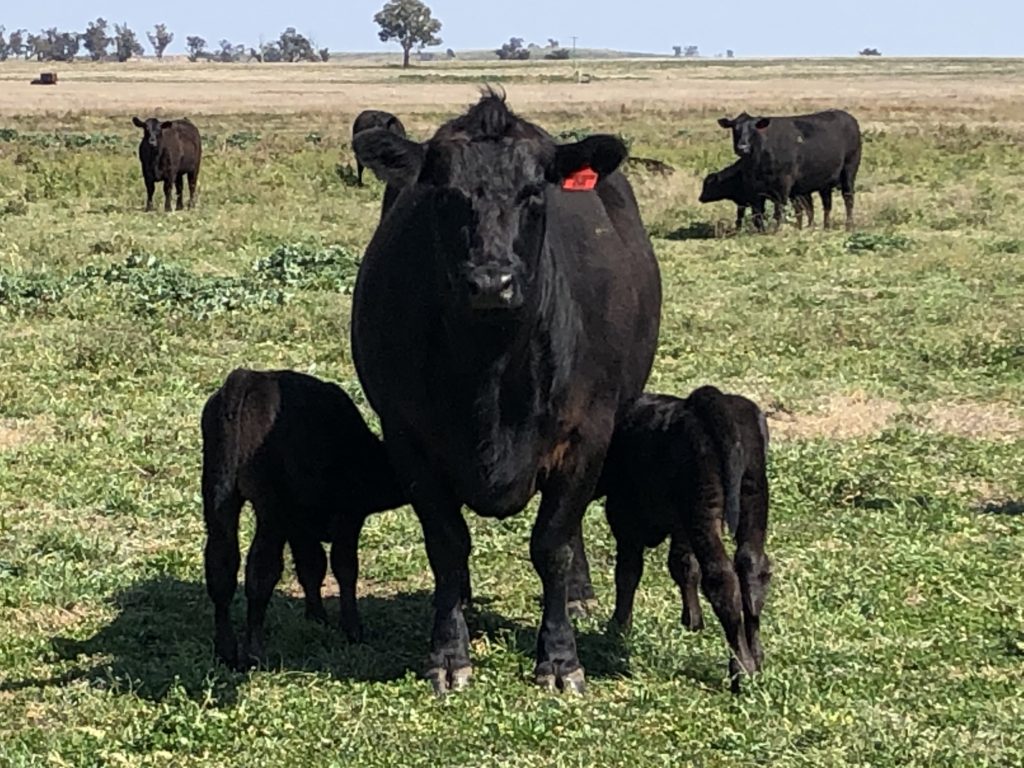Twins – Potential Issues

Every season we receive photos of cows that have had twin ‘Trio’ calves, but this year we seemed to have received even more than normal!
Here are some facts about twin calves & some of the problems they can create, written by local vet, Bronte Sutton from Suttons Livestock:
Twinning rates in cattle vary significantly, up to 0.5% in some cases or even more in Euro breeds.
Twins can be a management challenge for many reasons. In poorer conditioned cows, metabolic disease including hypocal and preg tox, leading to downer syndrome can be an issue in very late gestation. Twinner cows and heifers are also much more likely to require calving assistance for severe dystocia. Unlike lambs and kids, twin calves commonly intertwine and need manual manipulation to deliver. Post birth these dams are also more likely to be effected by retained fetal membranes and uterine infection.
If both calves are successfully born, colostrum intake can be sub-optimal, meaning these calves need to be monitored for infection in early life. Like-wise, mis-mothering is more common, and dependent on the scenario, some producers will attempt to foster one twin onto a dam that has recently calved and lost.
Going back to the dam, should she successfully nurse twin calves, her nutritional requirement is significantly increased and condition loss is common. These cows have a longer post-calving non-cycling period and are high risk for falling behind or out of the next joining period.
Lastly, Freemartin’s (an infertile female) occur in 90-95% of female calves born to a male twin, so are of note in terms of selecting replacement heifers.
Would you like to hear more from us? Be sure to sign up to our email list for more interesting information & updates on our program.

